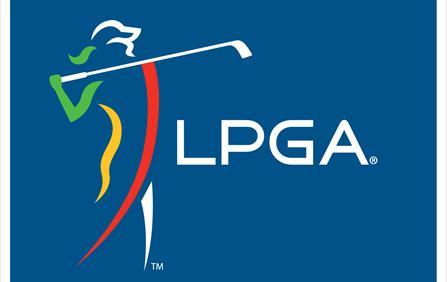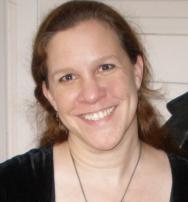

Time is money, as they say, and in sporting events known to be slow – golf is the prime example – any successful efforts to speed up the pace of play are sure to be cost-saving winners. Aware of this, the LPGA teamed up with the United States Golf Association (USGA) to find ways to speed up the game at professional events. Thanks to the group’s efforts, the LPGA reduced its average round time by 14 minutes during the 2014 season, according to data collected by the USGA.
The initiative focused on a number of factors in order to speed up play. Of primary importance was an emphasis on maintaining the lead group's pace. By ensuring that the lead group did not lag, all other groups were able to pick up valuable minutes. In addition, wider tee-time intervals (11 minutes as opposed to the previous 10 minutes) helped reduce the average time per round. Players are being handed the message that if they fall behind, it’s up to them to catch up, and that time matters. Players who fall behind will be given a warning, and if they fail to make up the time, they will be put on the clock to be timed by officials.
Heather Daly-Donofrio, the LPGA's chief tour operations officer, said attendance at the USGA's Pace of Play Symposium last year went a long way toward helping the LPGA make up some time, according to the USGA’s news site.
"We were easily able to implement solutions that delivered immediate and positive results. We're proud of the progress and will continue to push for improvement,” she said.
Daly-Donofrio enlisted the assistance of Matt Pringle, the USGA’s technical director of equipment standards. Pringle employed a science-based methodology and analyzed data from tournaments over the previous year.
“Pringle analyzed data through the first six events of 2014 and suggested that the Tour implement wider tee-time intervals,” according to Dan Scofield, writing for the USGA’s Web site. “That process further led to the creation of a breakthrough pace-of-play policy, which contributed to reducing the average LPGA round by 14 minutes over the course of the 2014 season.”
Pringle and Daly-Donofrio presented the results of the LPGA's pace improvements during the USGA's second Pace of Play Symposium, which took place on November 12 at the group’s headquarters in Far Hills, New Jersey. Presentations offered during the event may be viewed on the USGA’s Web site.
In recent years, the American Junior Golf Association (AJGA) has also sought to speed up the pace of play at tournament events. Its efforts worked: last month, the AJGA announced that it had matched its record-setting pace of play with a 4-hour, 17-minute average during its 102-event season in 2014. The AJGA credited the use of distance-measuring devices during competition and new incentives that remove the threat of a penalty if a group finishes a round at or below the overall time par, or in position with the group ahead of them.

